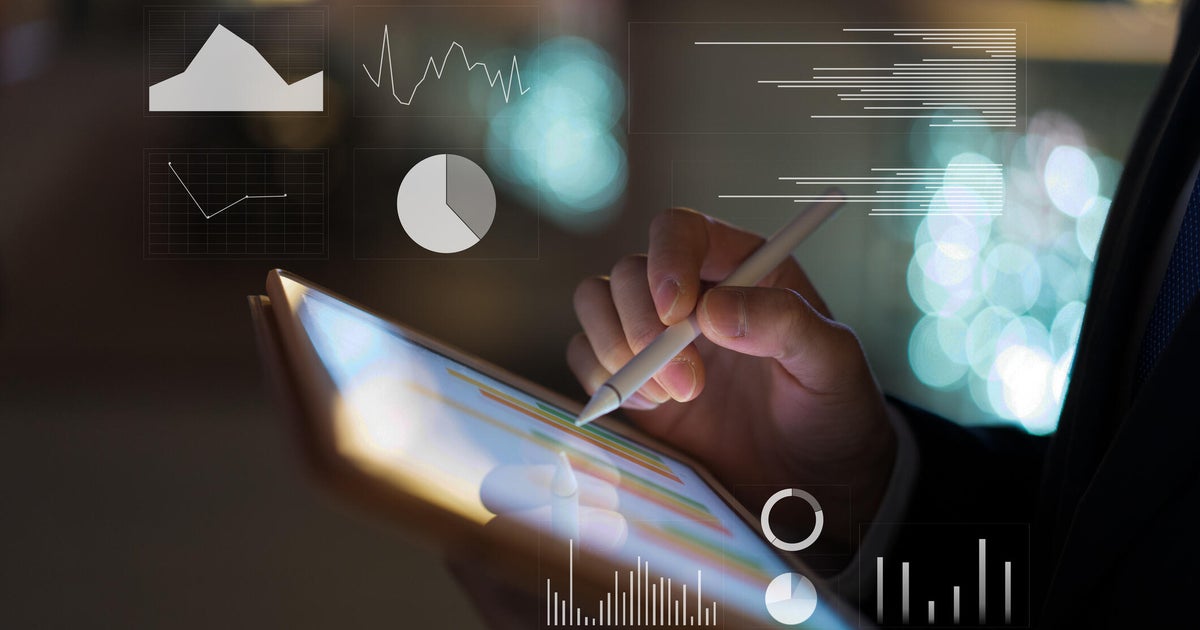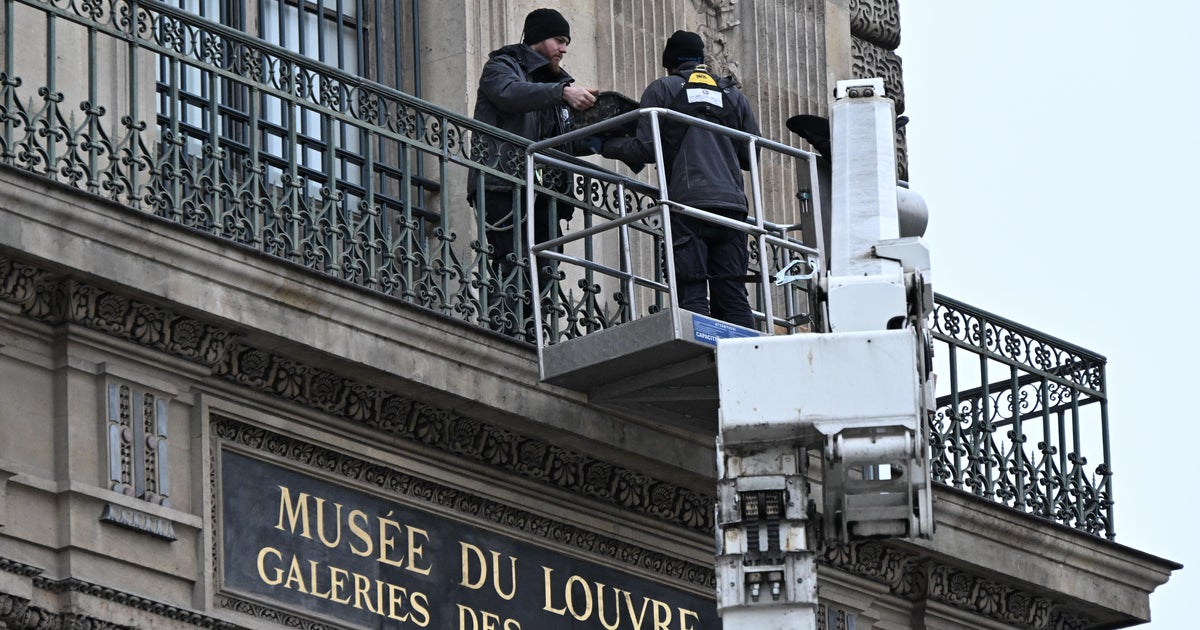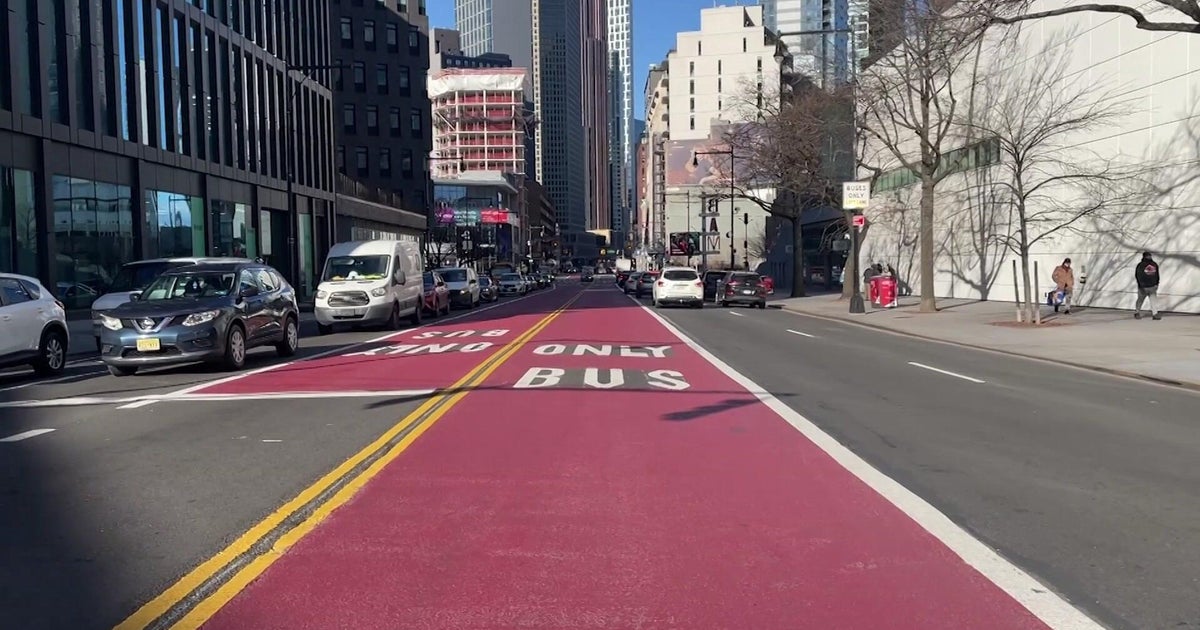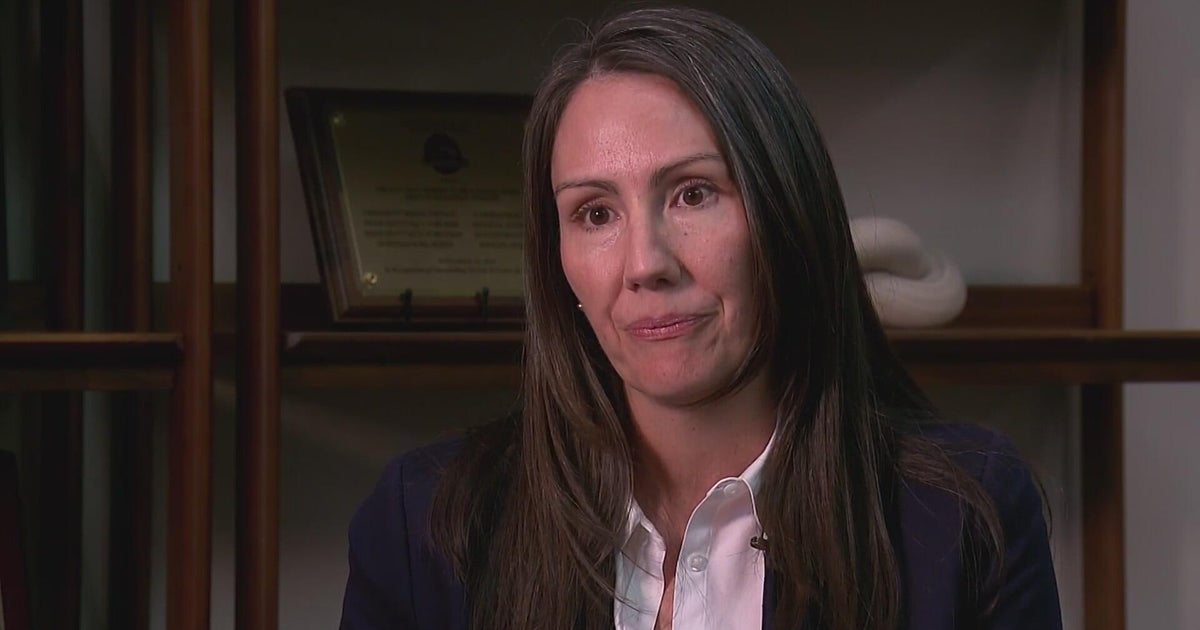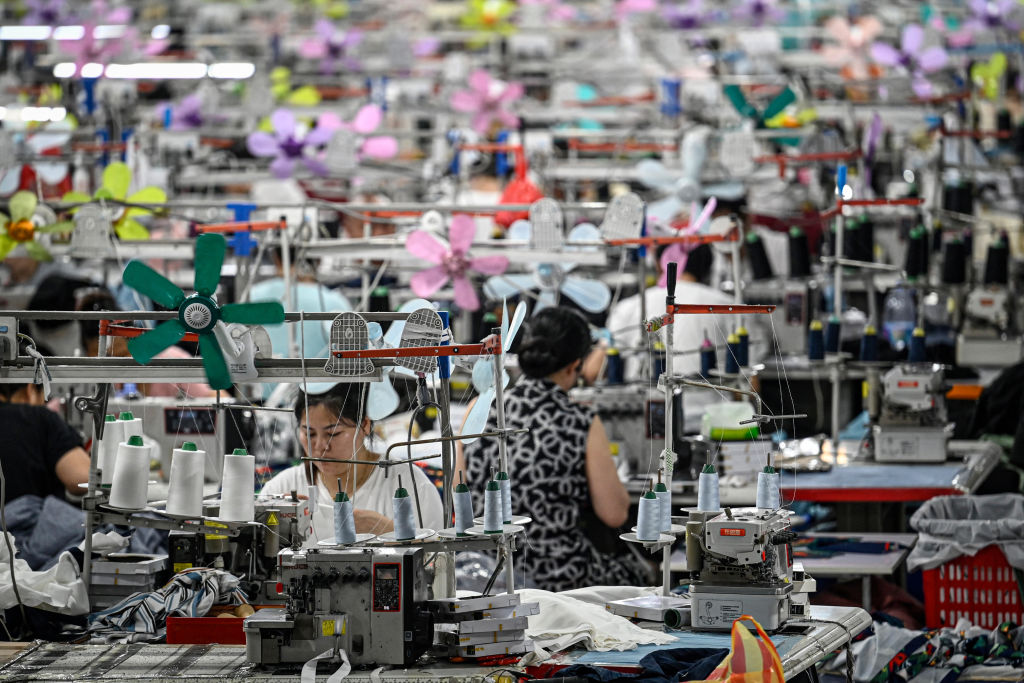Better security, smartphone compatibility and a sleeker look: What's new in Windows 11
Windows 11— the first major update to Microsoft's desktop operating system in six years — is coming out this fall as a free upgrade for existing Windows users. The redesigned software features productivity widgets, better integration with Microsoft Teams, and also runs Android apps.
The operating system is visually distinct from its predecessor: a glassy polish coats new features like Snap Groups, a productivity feature intended to simplify multitasking. Widgets can be tweaked and modified to deliver personalized information.
But the upgrade is more than just a visual overhaul. Windows runs on over a billion devices, many of which are old and insecure. In contrast with Apple's iOS, Microsoft's primary competitor, the new Windows allows apps to be installed from a variety of digital shops.
System requirements
In an attempt to future-proof the software's security, Microsoft will require computers running Windows 11 to be equipped with the 2.0 version of a Trusted Platform Module (TPM) security chip that can thwart hacking, validate users and check the operating system's integrity. The TPM is a hardware chip built into the motherboard of a computer that acts as a secure gateway for information.
While it won't prevent machines from being hacked, the TPM chip will make most machines more secure. TPMs have been widely available since 2006 and most computers built since the release of Windows 10 in 2015 have the 2.0 version installed by the Original Equipment Manufacturer.
"When you boot up the operating system it verifies that you're getting only Windows, and checks that nothing was injected on the [operating system], like ransomware," said Windows Central executive editor Daniel Rubino.
TPM 2.0 could also further secure Windows Hello, the company's password-replacement login system that relies on facial recognition. The chip encrypts data on the machine locally, which enhances security. "That information never goes to the cloud," explained Rubino. "It's stored on that chip and can never be back."
Here are more major highlights of Windows 11:
Redesign
Windows 11 feels clean and uncluttered. The Start menu and app tray is now centered on the desktop. The colorful tiles that define older versions of Windows have been replaced with glassy, transparent windows that snap together. Office apps now feature rounded corners and are easier to use.
Android apps
Windows 11 users will be able to install applications from a number of sources, including the Windows store, Steam and Android apps through the Amazon store. This means people will be able to use Windows 11 from desktops, tablets, mobile phones and even older legacy devices, said Rubino.
"I almost look at this as a flex by Microsoft, that they could just do it because they can. It also reflects a new philosophy that you're going to be able to run anything on Windows 11. You want a Windows app, regardless if it's Android, if it's old or new, it shouldn't break any compatibility," Rubino said. "It's going to be just an option for people — it's about choice."
Microsoft Teams
Teams is Microsoft's real-time communication platform that competes with Slack, Discord and other chat services. Use of Teams skyrocketed during the pandemic. Deeper integration with Teams will make the program easier to use on the new operating system. For example, audio and video controls are accessible in the Windows 11 taskbar.
Widgets
Microsoft uses artificial intelligence to personalize widgets in Windows 11. The company says this creates an individualized and information-rich experience tied to a user's Windows identity, allowing them to have a consistent experience from device to device.
Touch
Windows 11 is built for desktop and mobile devices and can adapt to a number of different input devices such as a stylus pencil or finger. Not only will this provide a unified experience for consumers, it should also make it easier for developers to create native applications that run across devices.
